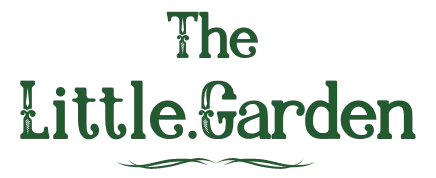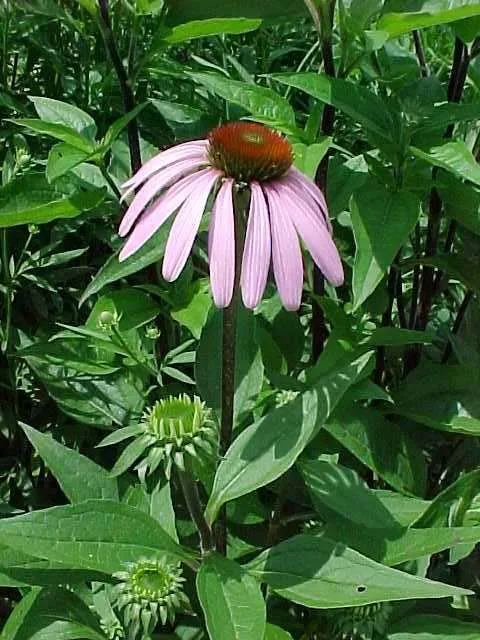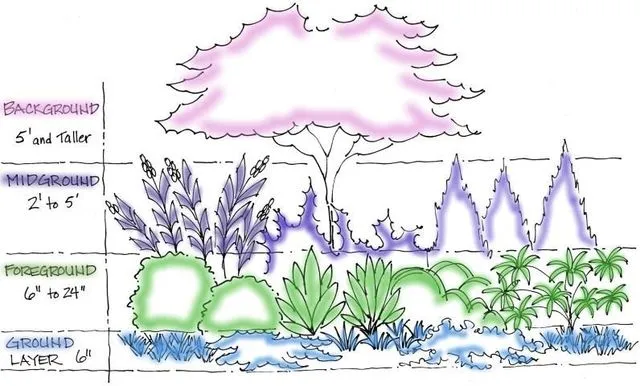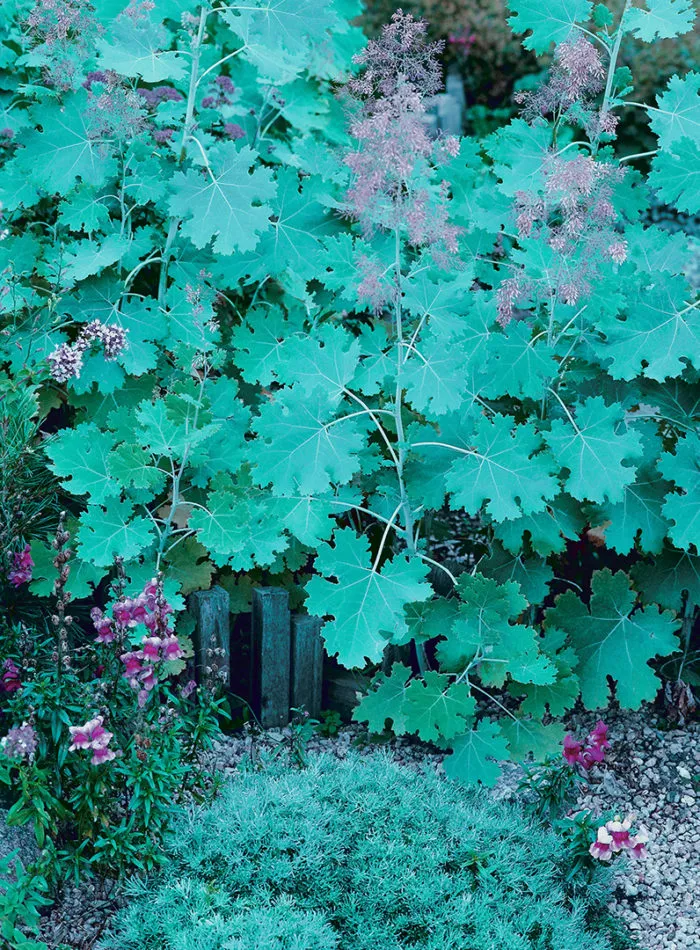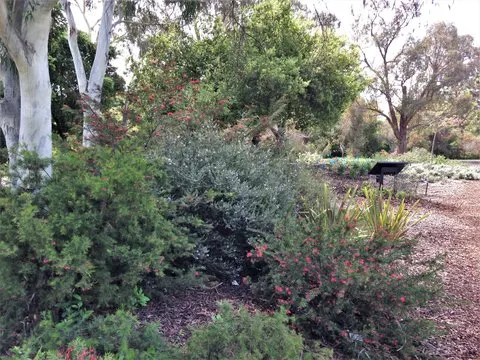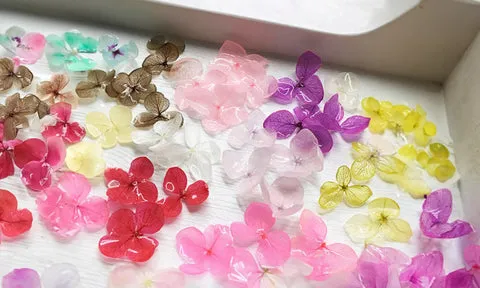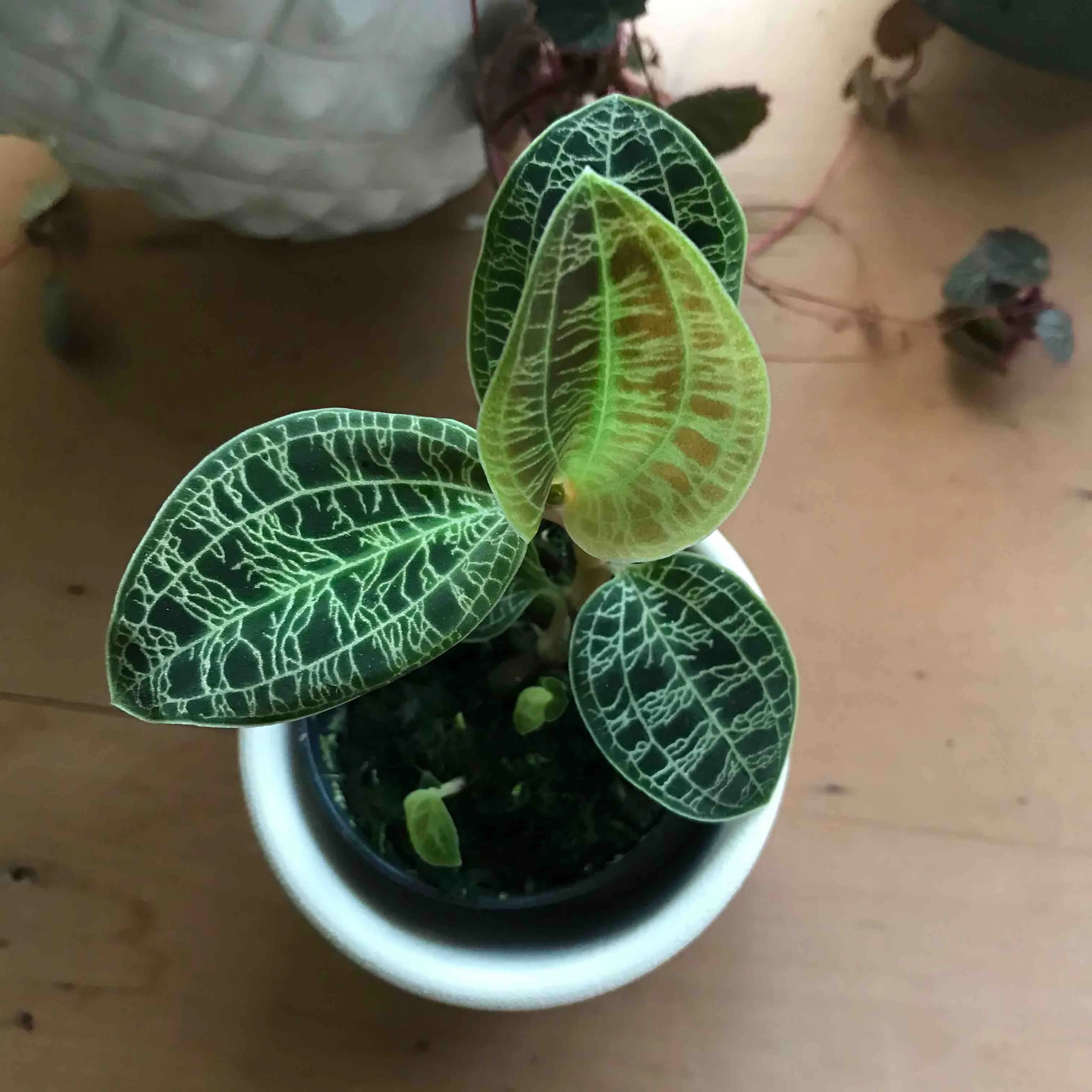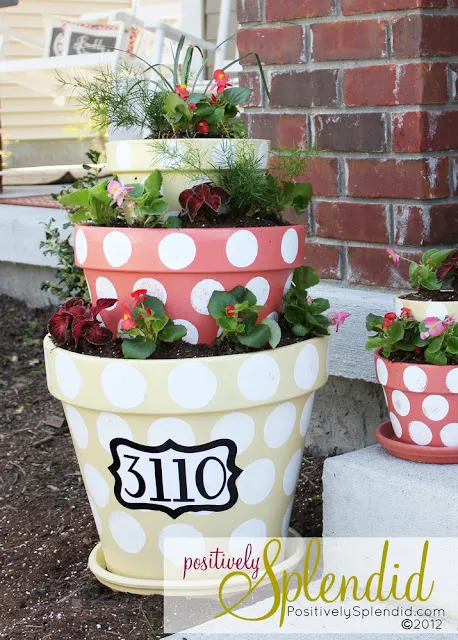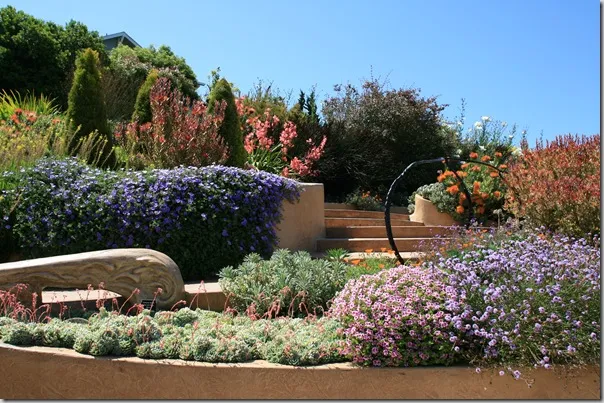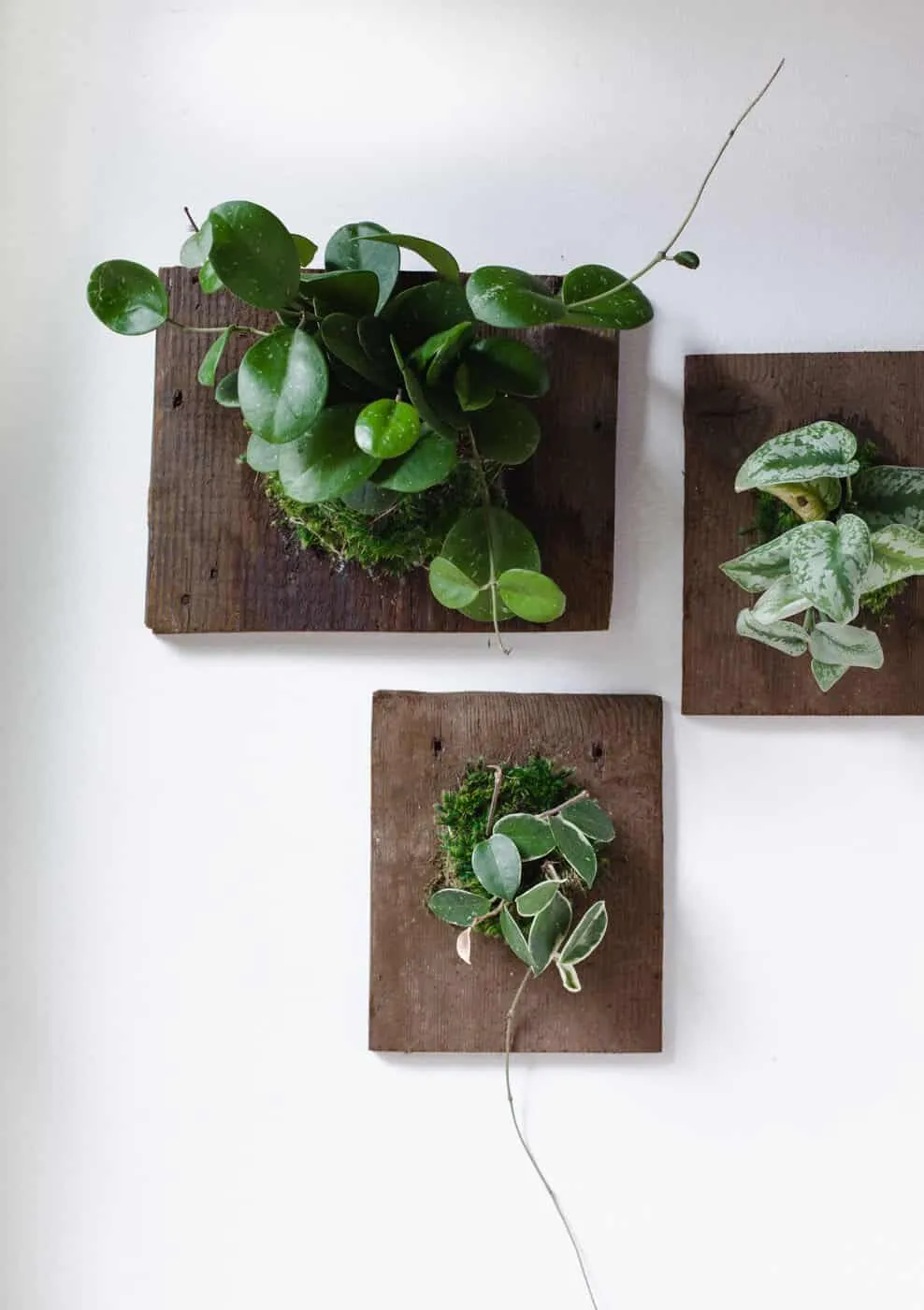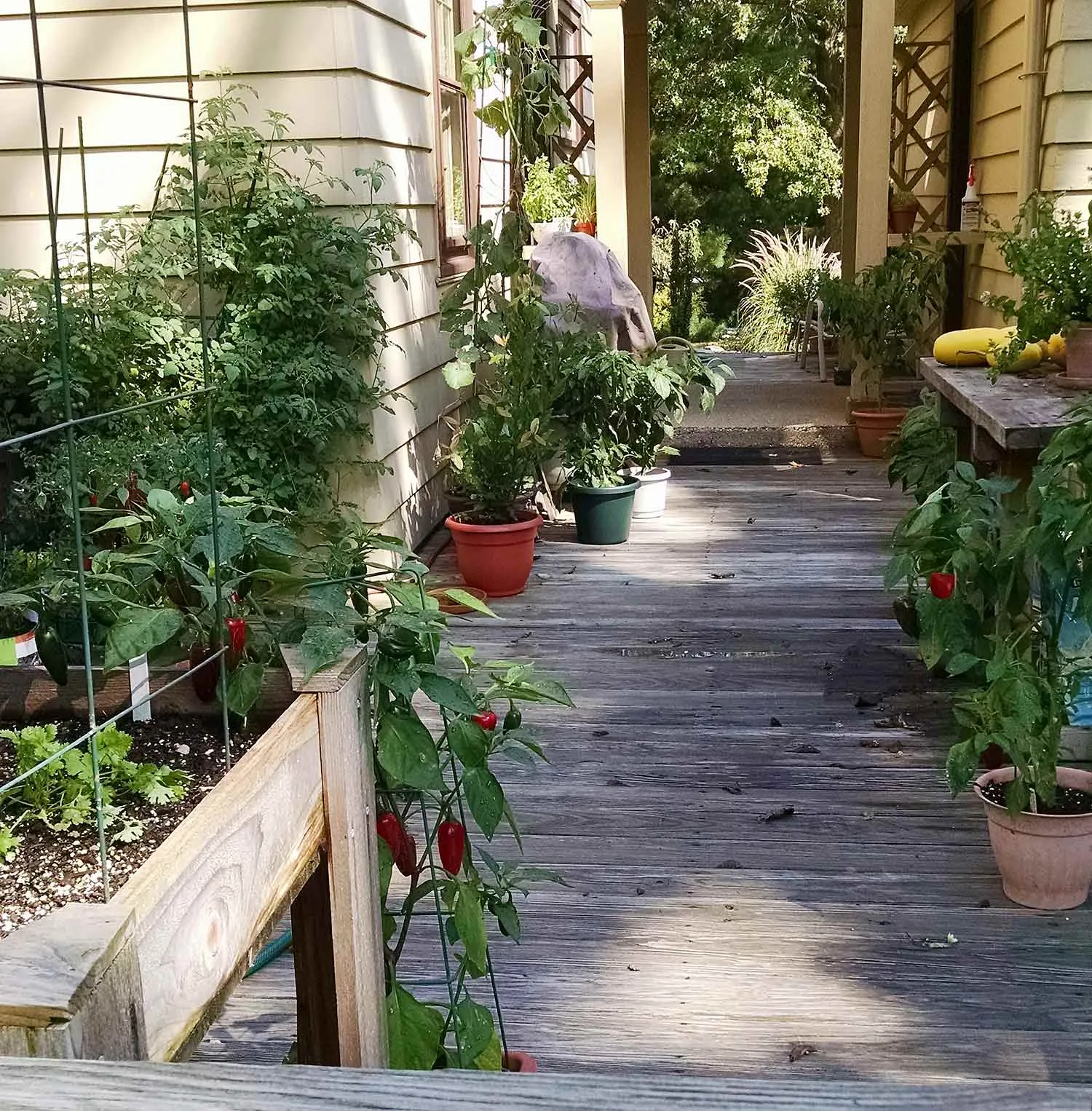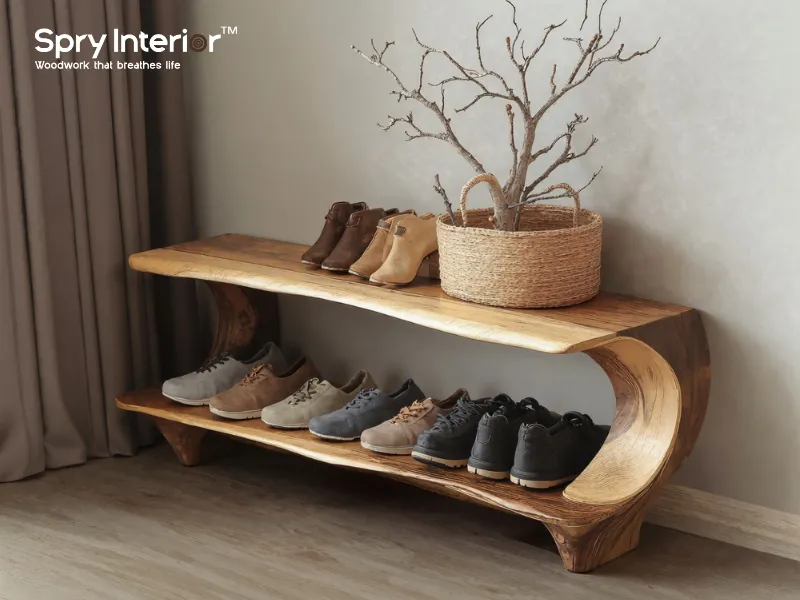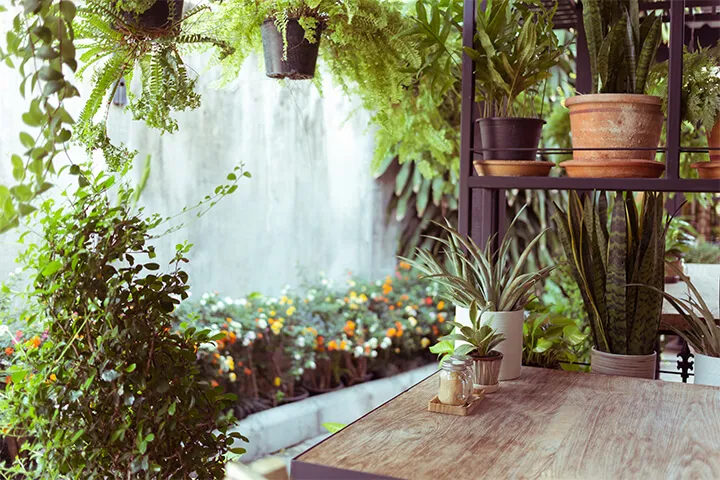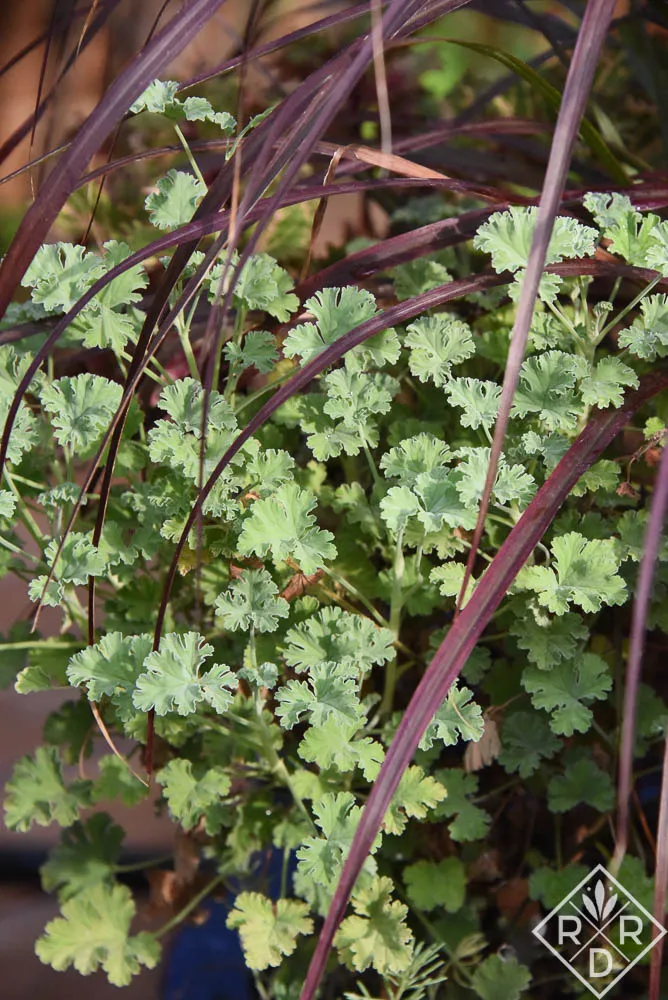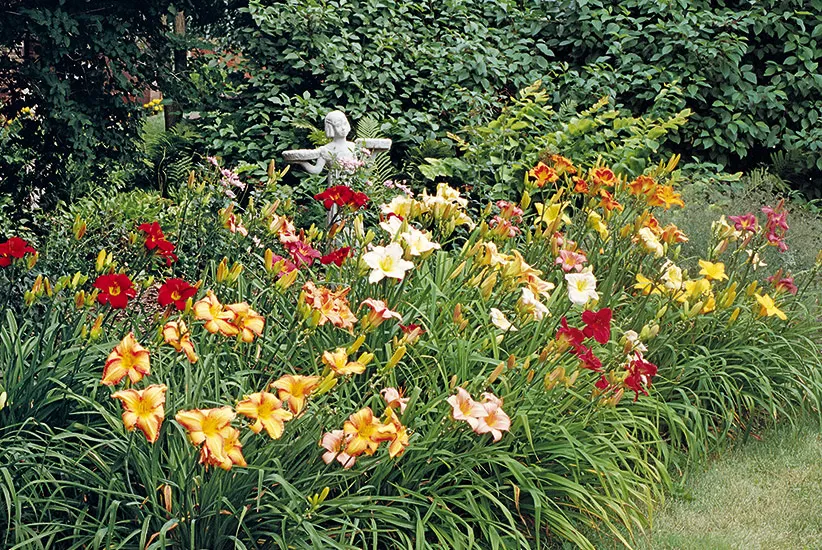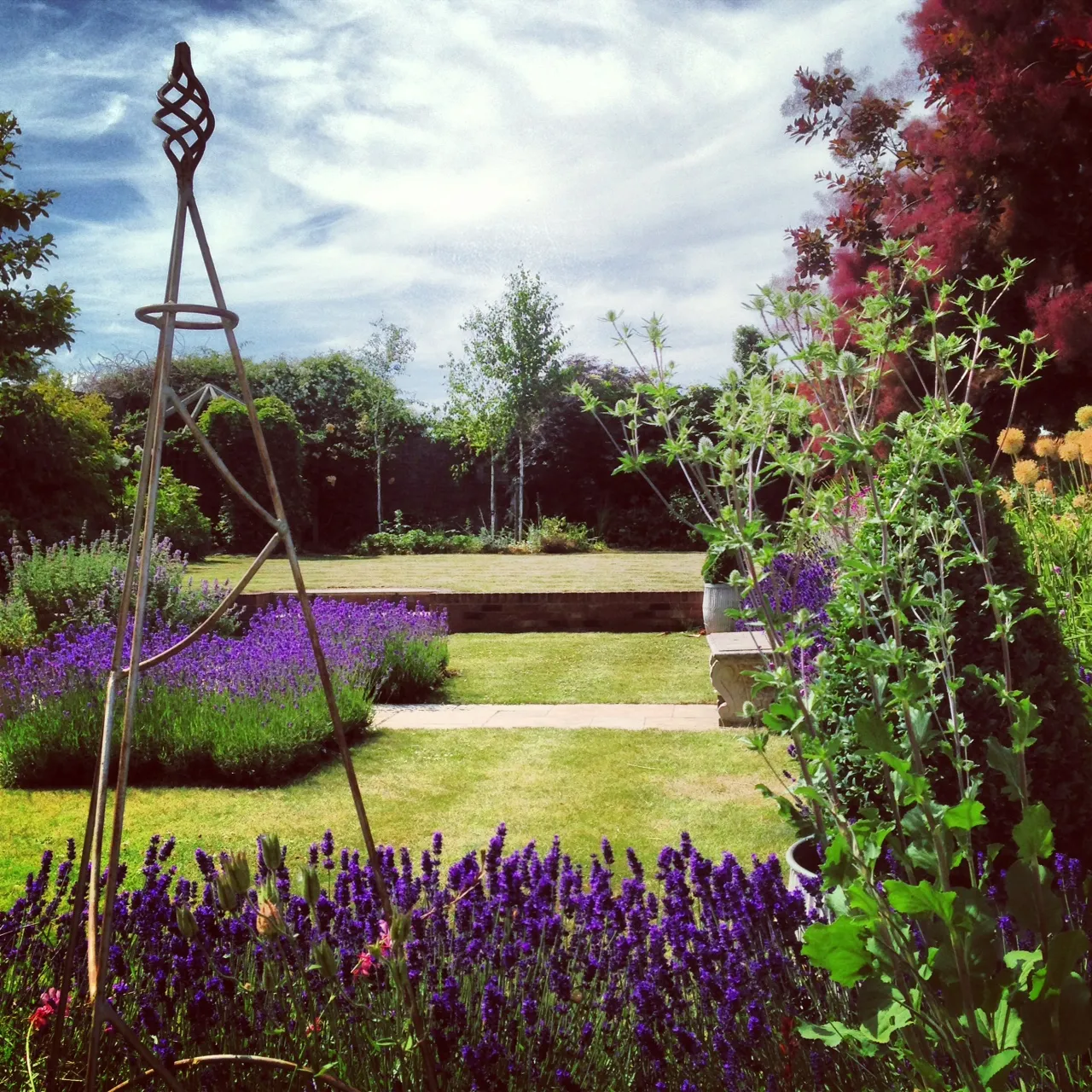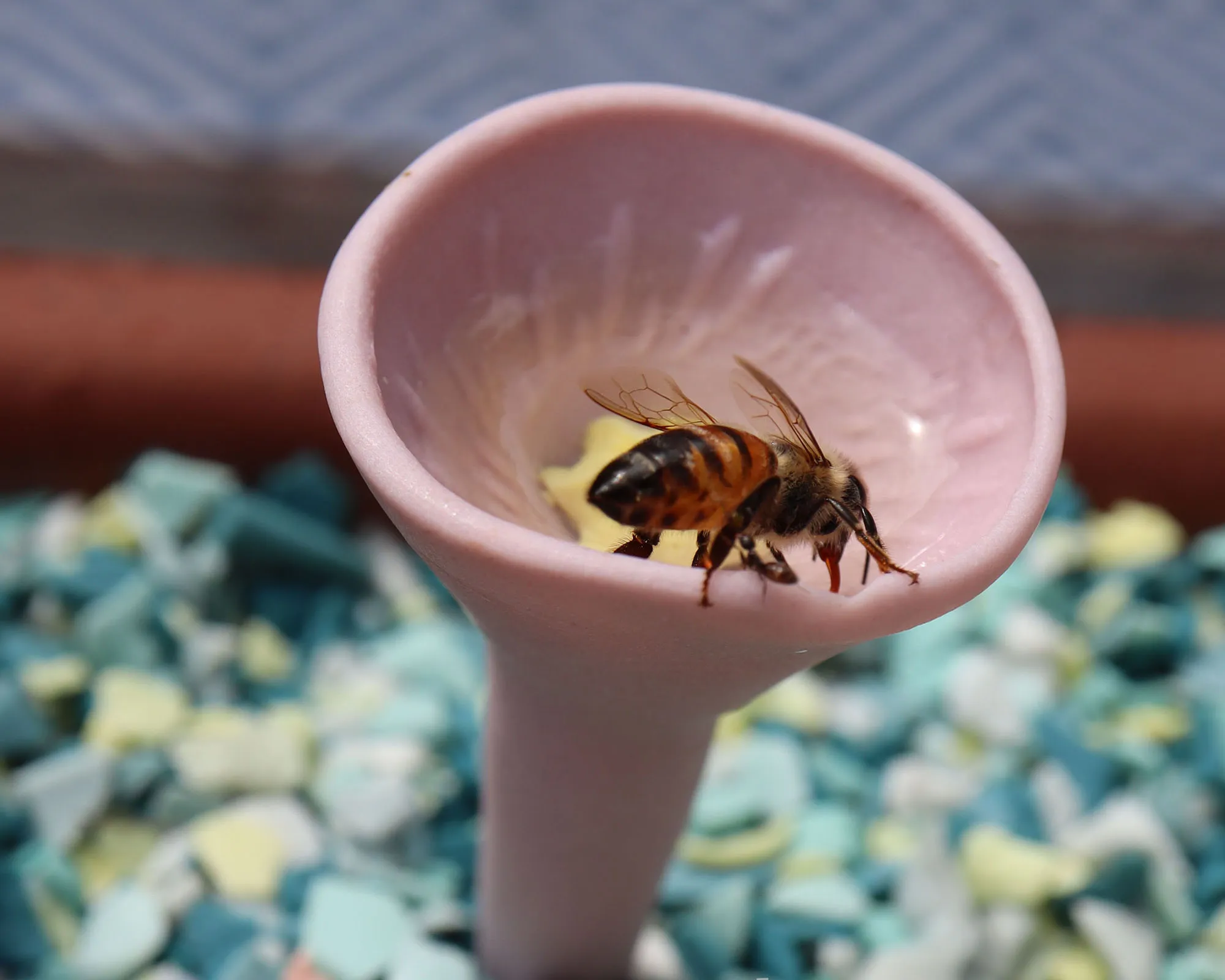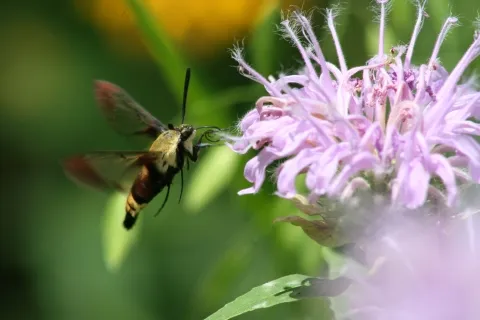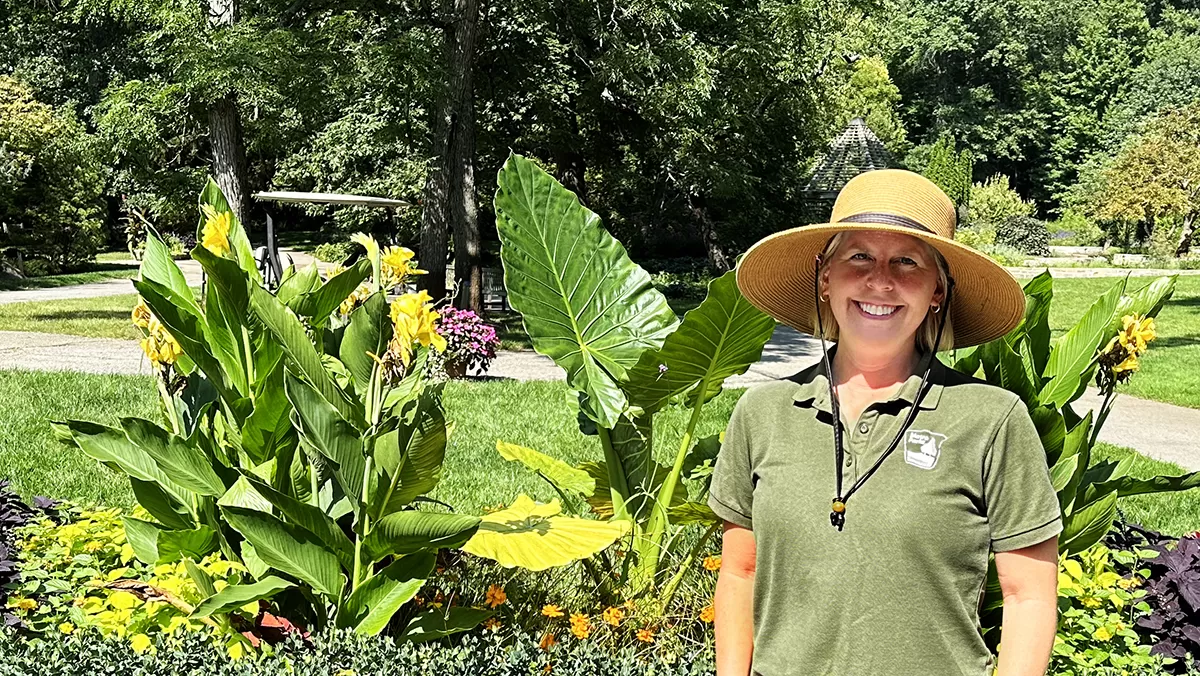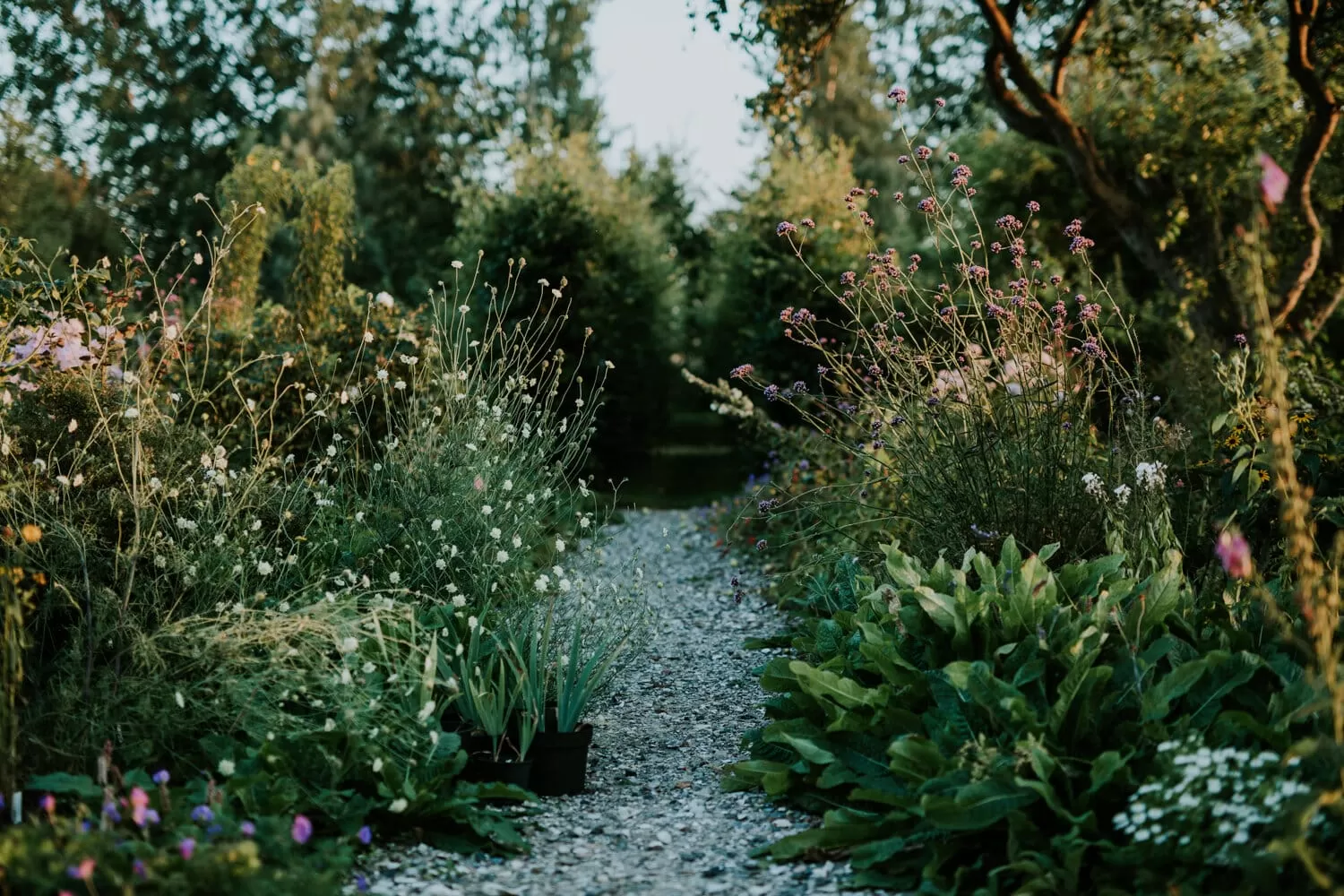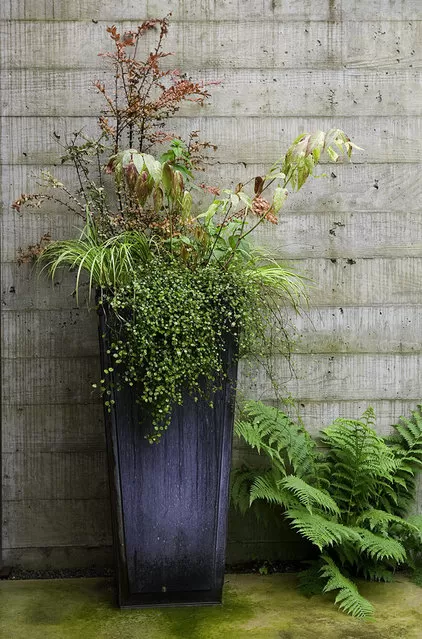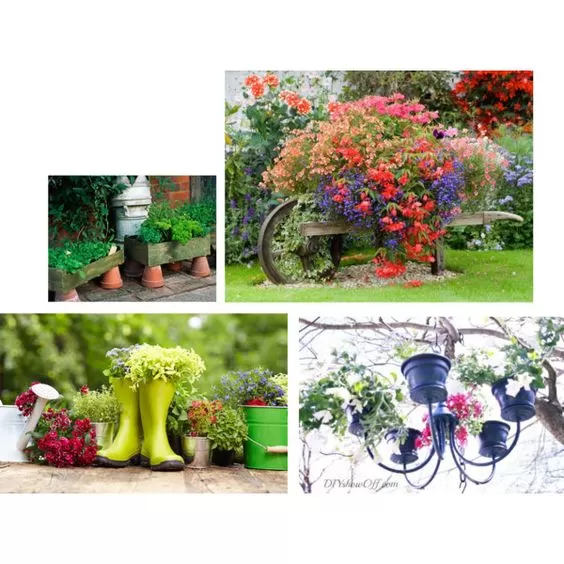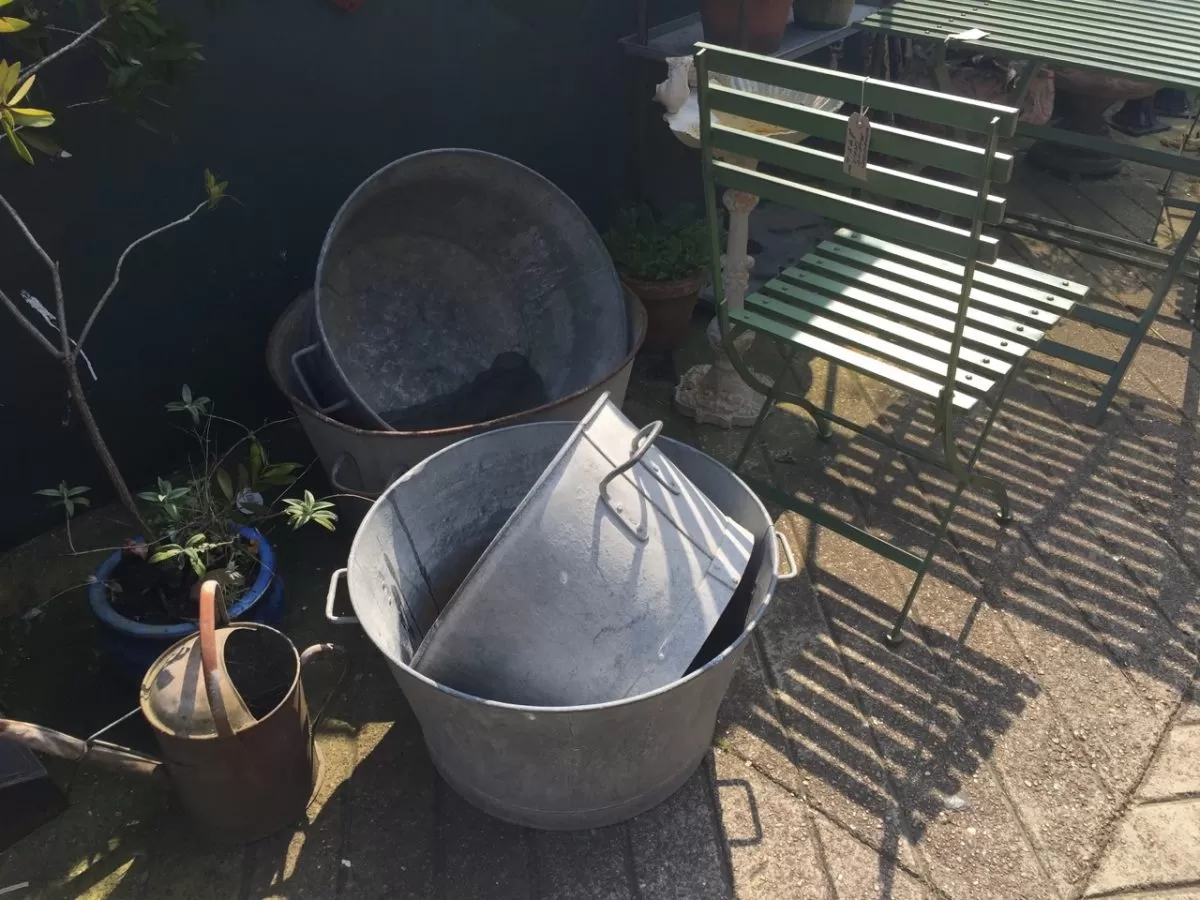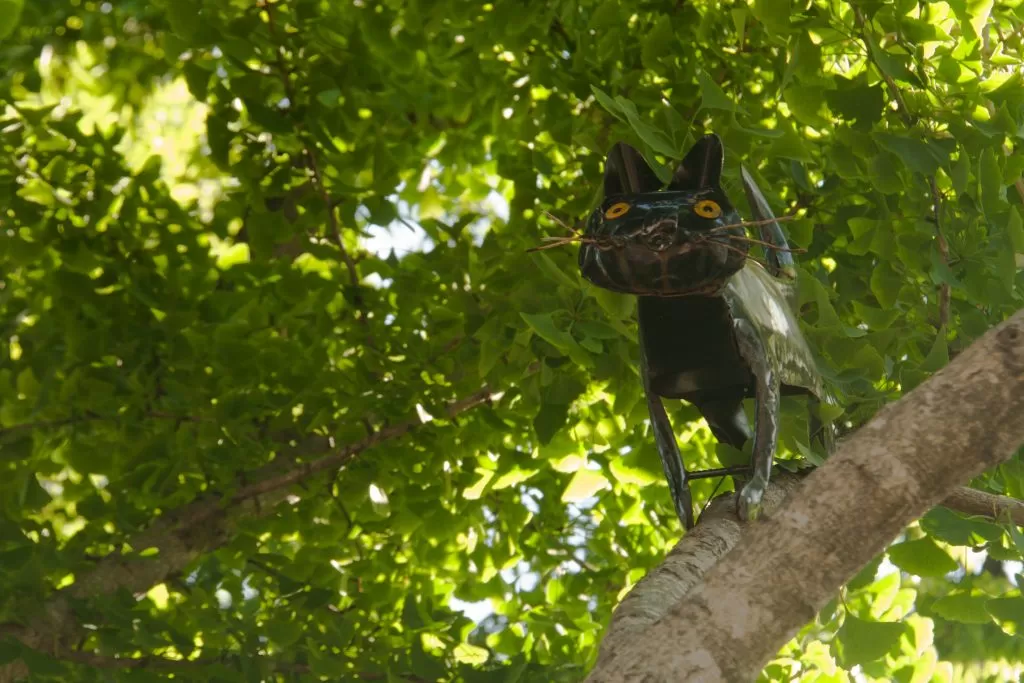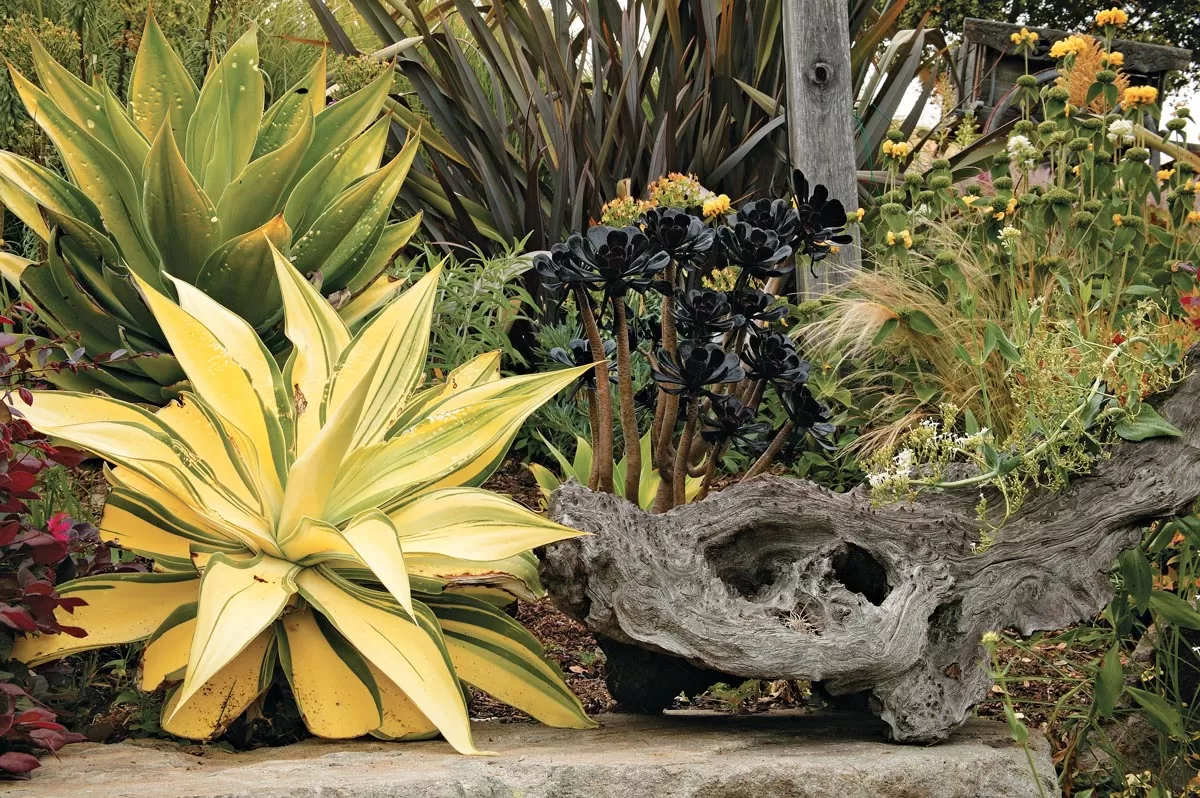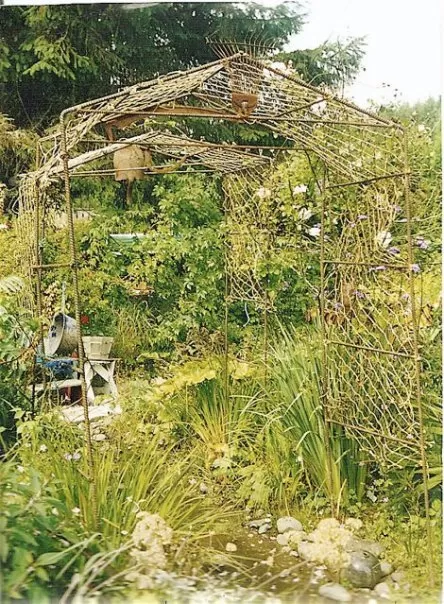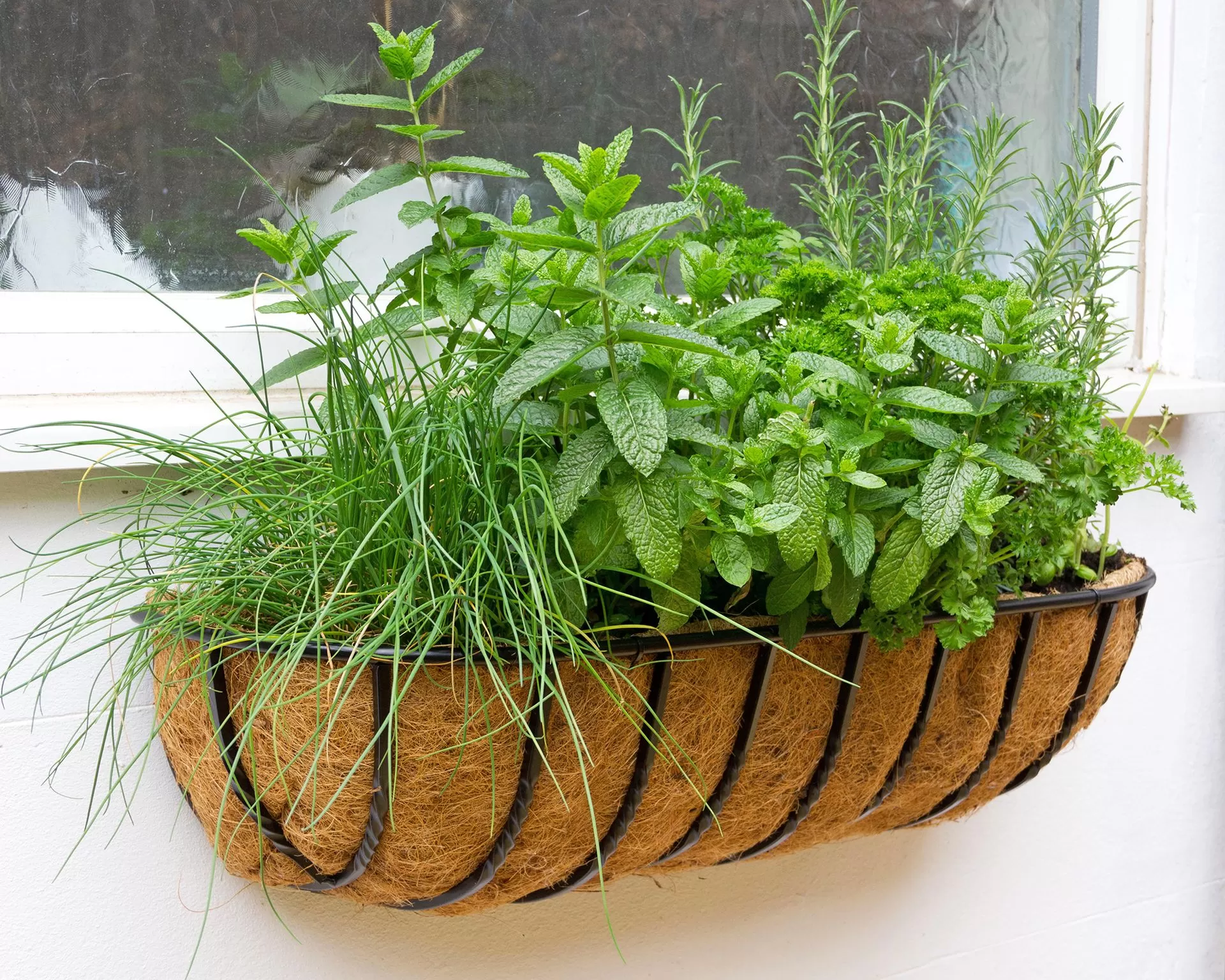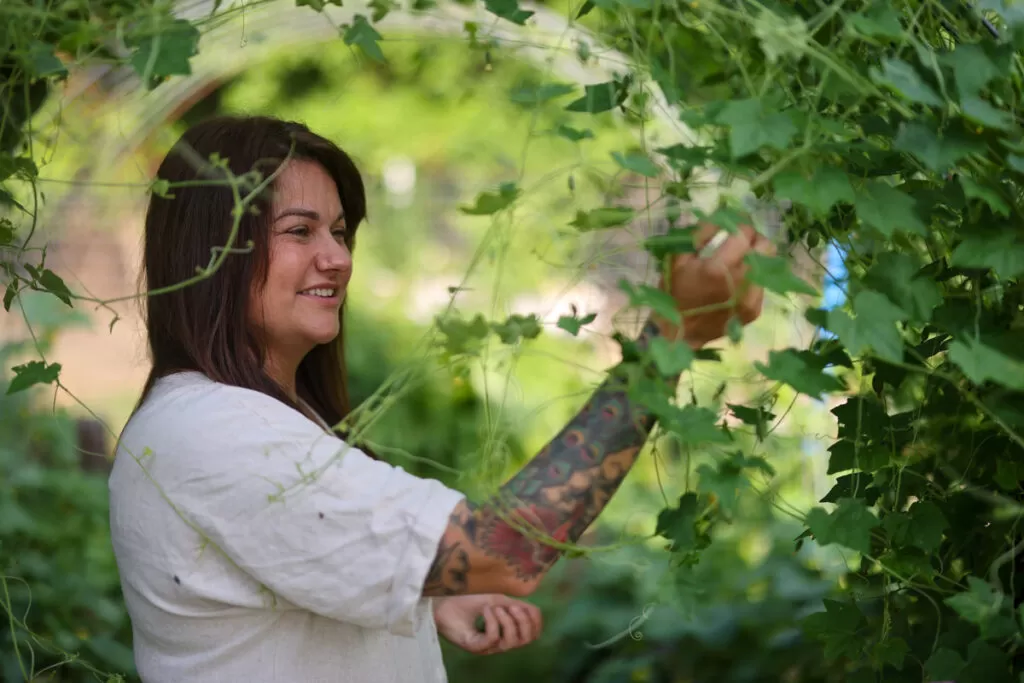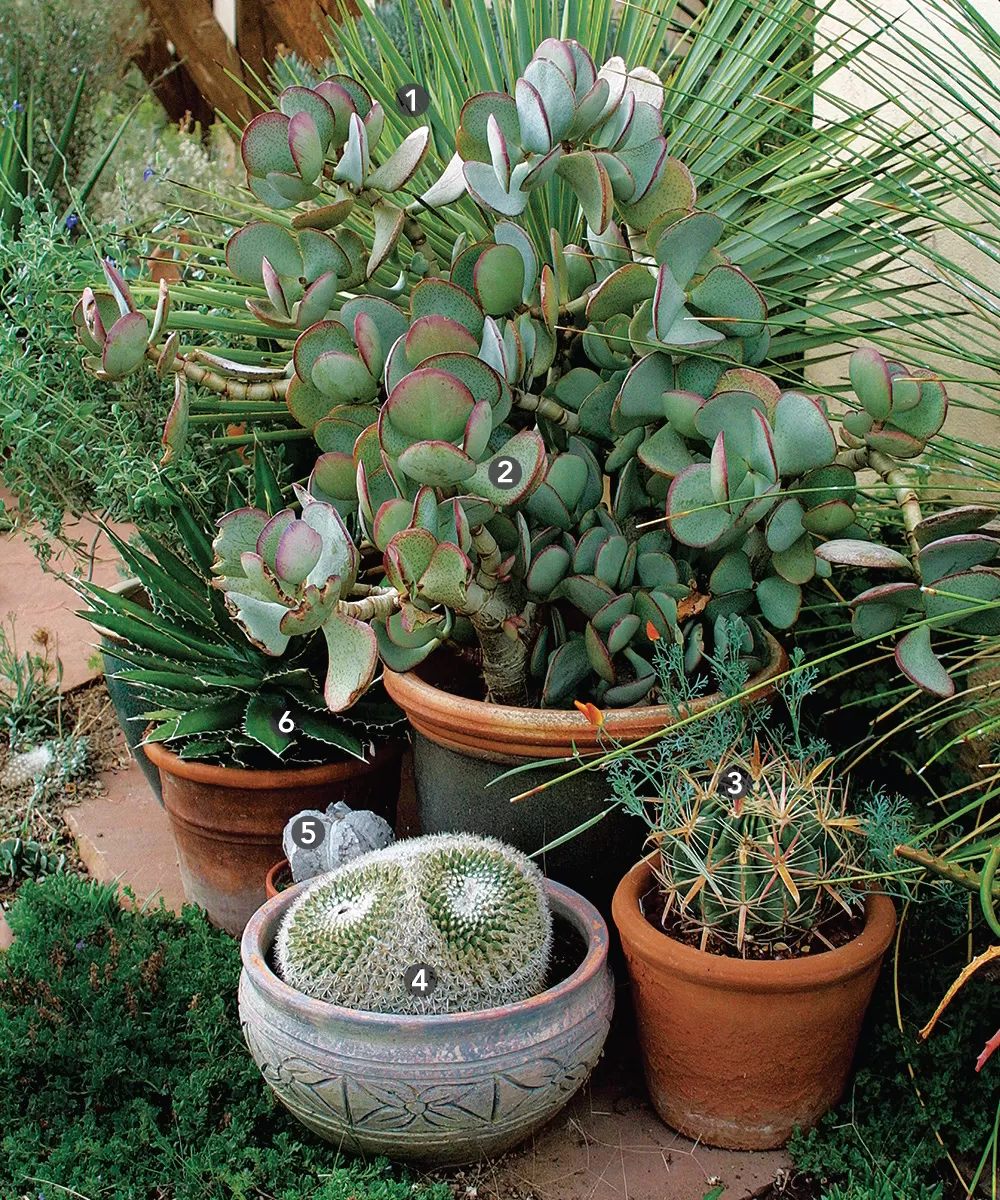- Unlock the secret to eye-catching container gardens: Implement the “green drenching” technique using monochrome pots for a sophisticated, lush look.
- Focus on foliage: Prioritize plants with varied textures, shapes, and shades of green to create depth and abundance.
- Monochrome pots enhance the plants: Using pots of a single color or tonal range provides a unified, non-distracting backdrop that makes the green foliage truly stand out.
- Choose the right plants: Mix ‘thrillers’ for height, ‘spillers’ for trailing drama, and ‘fillers’ for volume, focusing on leaf appeal.
- Essential care is key: Lush displays require consistent watering, feeding, and appropriate light to thrive.
Have you ever seen a container display so vibrant, so full of life, that it instantly draws you in? Container gardening offers a fantastic way to bring impactful beauty to any space, from a tiny balcony to a grand entrance. One particularly stunning technique is what we call “green drenching” – creating an overwhelmingly lush, abundant display primarily focused on the incredible variety of green foliage. And the perfect partner for this verdant explosion? Monochrome pots. Implementing green drenching with monochrome pots displays is a design strategy that is both simple and incredibly effective, allowing the plants to be the undisputed stars of the show.
Contents
What is Green Drenching & Why Monochrome Pots?
Imagine containers overflowing with plants, creating a cascade or mound of rich green. This is the essence of green drenching. It’s about celebrating the texture, form, and diverse shades found within the color green itself, rather than relying solely on flowers for impact. While flowers can be included, the primary focus is on creating a dense, healthy, and abundant presentation of leaves.
So, where do monochrome pots come in? Using pots of the same color, or within a narrow color family (like all terracotta, all grey, all black, or all white), provides a unified backdrop. This prevents the containers from competing with the plants for attention. Instead, they act as a cohesive stage, making the various greens, textures, and forms of the foliage pop. The simplicity of the pots highlights the complexity and richness of the plant material, resulting in a sophisticated and impactful display.
Consider the stunning entrance displays at Chanticleer Garden. Large, modern galvanized trough planters are used – a perfect example of a monochrome, utilitarian style. These containers provide a clean, consistent look that contrasts beautifully with the “raucous display” within them – a riot of bright chartreuse, deep green, and purple foliage. This juxtaposition is incredibly effective, proving that the container’s job is often best done quietly, allowing the plants to shout. The use of pea stone around the pots further enhances this clean, monochrome base, ensuring all focus is on the vibrant plant life spilling out.
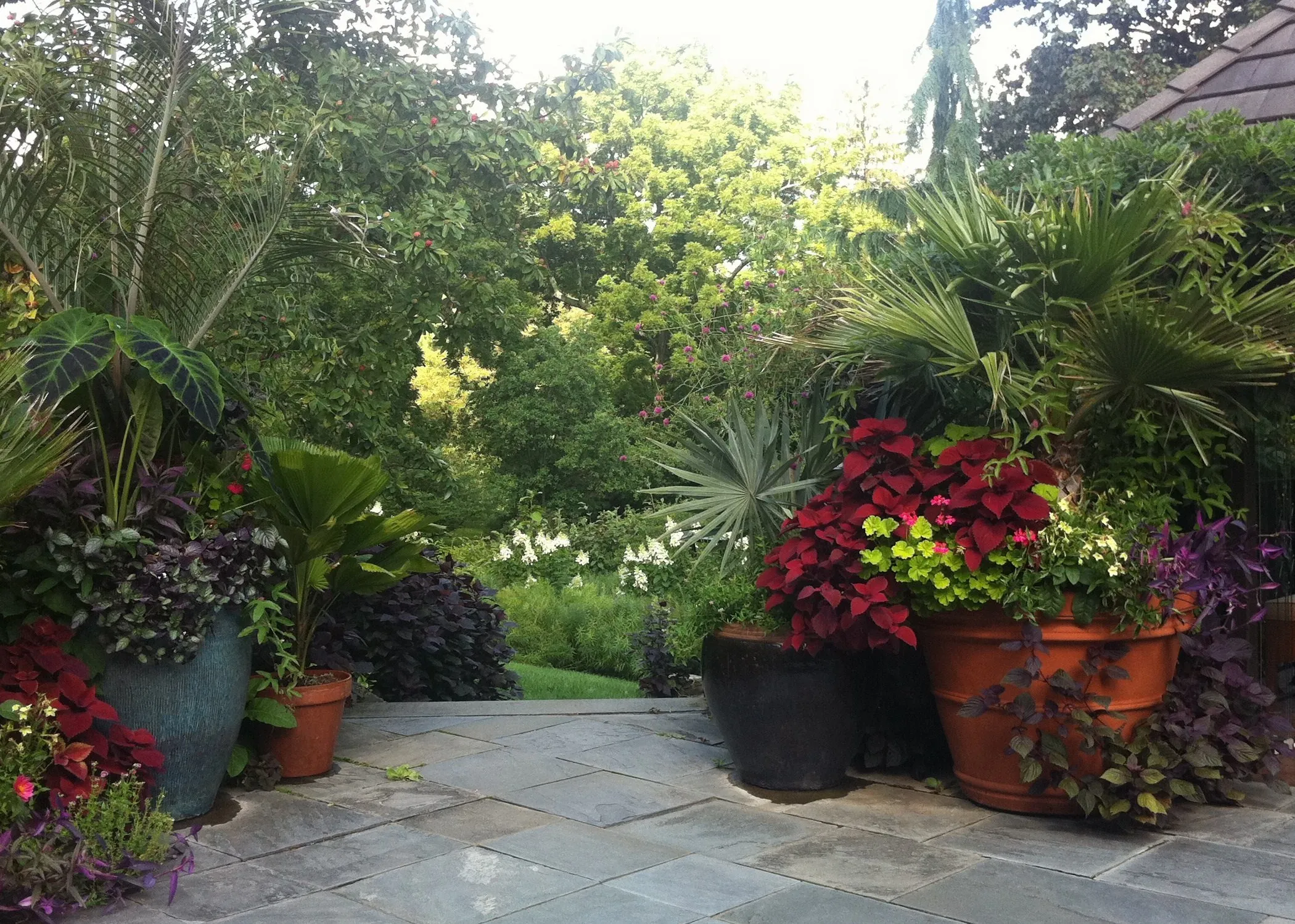 Large galvanized troughs filled with lush green foliage, chartreuse groundcover, and purple fountain grass at Chanticleer Garden.
Large galvanized troughs filled with lush green foliage, chartreuse groundcover, and purple fountain grass at Chanticleer Garden.
Choosing Plants for Lush “Green Drenching”
The key to successful green drenching lies in plant selection. You want a mix of forms to create that layered, abundant look. Think about combining upright plants (thrillers), mounding or filling plants (fillers), and trailing plants (spillers).
Trailing Treasures & Billowing Beauties
Trailing plants are essential for achieving that ‘drenched’ effect, spilling over the edges of the pots.
-
Golden Creeping Jenny (Lysimachia nummularia ‘Aurea’)
- Scientific Name: Lysimachia nummularia ‘Aurea’
- Common Name: Golden Creeping Jenny, Moneywort
- Zone: 3-9
- Light: Full sun to partial shade (brighter color in sun, tolerates shade)
- Humidity: Average
- Water: Keep consistently moist, especially in containers.
This vibrant chartreuse trailer is fantastic for adding bright contrast and spilling over the edges.
-
English Ivy (Hedera helix)
- Scientific Name: Hedera helix
- Common Name: English Ivy
- Zone: 4-9
- Light: Partial to full shade
- Humidity: Average
- Water: Keep soil evenly moist, less water in winter.
A classic trailing plant, English Ivy provides deep green texture and can cascade beautifully from pots, perfect for shady spots like covered porches.
Plants that billow or have a soft, flowing form also contribute to the lush, abundant feel.
- Foxtail Fern (Asparagus densiflorus ‘Meyersii’)
- Scientific Name: Asparagus densiflorus ‘Meyersii’
- Common Name: Foxtail Fern, Meyers Fern
- Zone: 9-11 (often grown as an annual elsewhere)
- Light: Partial shade to full sun (prefers morning sun/afternoon shade)
- Humidity: Average to high
- Water: Water thoroughly when the top inch of soil is dry.
With its dense, plume-like fronds, the Foxtail Fern creates a unique, flowing texture that resembles sea anemones swaying, as noted in the lovely simple display at the Florida Botanical Gardens.
 Elegant foxtail fern in a classic glazed pot, creating a soft, flowing display.
Elegant foxtail fern in a classic glazed pot, creating a soft, flowing display.
- Asparagus Fern (Asparagus densiflorus)
- Scientific Name: Asparagus densiflorus
- Common Name: Asparagus Fern, Sprenger’s Asparagus
- Zone: 9-11 (often grown as an annual elsewhere)
- Light: Partial shade to full sun
- Humidity: Average to high
- Water: Keep soil consistently moist but not waterlogged.
Similar to the foxtail fern but with a slightly looser, more cascading habit, Asparagus Fern can absolutely billow out of a container, adding tremendous volume and softness.
Bold Statements & Upright Anchors
To give your green drenching display structure and drama, include plants with bold foliage or upright habits.
- Elephant Ears / Giant Alocasia (Alocasia macrorrhiza, etc.)
- Scientific Name: Alocasia species (A. macrorrhiza is a common giant type)
- Common Name: Elephant Ear, Giant Taro, Upright Elephant Ear
- Zone: 9-11 (often grown as annuals)
- Light: Partial shade to full sun (can tolerate sun with consistent moisture)
- Humidity: High
- Water: Requires consistent moisture; do not let the soil dry out.
These plants feature massive, dramatic leaves that instantly create a tropical, lush feel and act as impressive thrillers in a large pot. Longwood Gardens showcases how Elephant Ears erupt from the center of a container planting, paired with billowy ferns for maximum impact.
 Massive terracotta pot overflowing with billowy asparagus fern and bold elephant ear leaves at Longwood Gardens.
Massive terracotta pot overflowing with billowy asparagus fern and bold elephant ear leaves at Longwood Gardens.
- Agave (Agave species)
- Scientific Name: Agave americana (Century Plant), Agave palmeri (Palmer’s Century Plant)
- Common Name: Century Plant, Palmer’s Agave, Agave
- Zone: 7-11 (varies by species, A. americana is hardier)
- Light: Full sun
- Humidity: Low to average
- Water: Drought tolerant once established; water sparingly, especially in winter.
While not traditionally part of a “drenching” look, agaves offer incredible structural contrast. Their architectural form and often blue-green or variegated leaves provide a striking focal point against softer, more abundant greens. Using them in monochrome pots, perhaps an antique urn like the one at Longwood Gardens showcasing Agave americana or a simple pot for the squat Agave palmeri, highlights their sculptural beauty.
 Striking Century Plant (Agave americana) in an antique urn, underplanted with purple fan flower at Longwood Gardens.
Striking Century Plant (Agave americana) in an antique urn, underplanted with purple fan flower at Longwood Gardens.
 Close-up of a squat Palmer's Century Plant (Agave palmeri) showcasing its form and deadly spines.
Close-up of a squat Palmer's Century Plant (Agave palmeri) showcasing its form and deadly spines.
- Palms (various species suitable for containers)
- Scientific Name: Varies (e.g., Chamaedorea elegans – Parlor Palm, Rhapis excelsa – Lady Palm)
- Common Name: Palms
- Zone: Varies greatly by species (many tropical species are Zone 9-11, used as annuals elsewhere)
- Light: Varies by species (some sun, many partial to full shade tolerant)
- Humidity: Average to high
- Water: Keep soil consistently moist, but avoid waterlogging.
Palms provide height and an instantly tropical, lush feel with their fanned or feathered fronds. They make excellent thrillers, especially for creating welcoming displays at entrances, even in shaded conditions.
Adding Movement and Color
While the focus is green, touches of complementary colors or plants that add dynamic movement enhance the display.
-
Angel Wing Begonia (Begonia species/hybrids with angel wing leaves)
- Scientific Name: Begonia species/hybrids (e.g., Begonia maculata)
- Common Name: Angel Wing Begonia, Spotted Begonia
- Zone: 10-11 (often grown as annuals or houseplants)
- Light: Bright indirect light
- Humidity: High
- Water: Let the top inch of soil dry out between waterings.
These offer beautiful patterned or colored foliage (often green with silver spots or reddish undersides) and often produce clusters of colorful flowers. Their leaf shape adds visual interest, and the color enhances the overall vibrancy against the green.
-
Purple Fountain Grass (Pennisetum setaceum ‘Rubrum’)
- Scientific Name: Pennisetum setaceum ‘Rubrum’
- Common Name: Purple Fountain Grass
- Zone: 9-10 (often grown as an annual elsewhere)
- Light: Full sun
- Humidity: Average
- Water: Water regularly, especially in hot, dry periods.
While not green, the graceful arching form and feathery plumes of purple fountain grass add essential movement and a contrasting color that complements lush green displays beautifully, as seen in the Chanticleer example.
-
Fan Flower (Scaevola aemula)
- Scientific Name: Scaevola aemula
- Common Name: Fan Flower
- Zone: 9-11 (often grown as an annual elsewhere)
- Light: Full sun to partial shade
- Humidity: Average
- Water: Keep soil consistently moist.
This plant provides a trailing or mounding form with small flowers (often blue, purple, or white). When used as an underplanting, like with the Agave at Longwood, it adds softness and a touch of color that doesn’t detract from the main foliage focus.
Selecting the Perfect Monochrome Pots
Choosing the right pots is crucial for this technique. The goal is consistency and simplicity.
- Materials: Terracotta, glazed pots in a single color (black, white, grey, navy), concrete, or galvanized metal are excellent choices for a monochrome look. Their uniform appearance allows the green plants to stand forward.
- Size Matters: For a truly lush, “drenched” look, opt for generously sized containers. Large pots hold more soil, retain moisture better, and provide ample space for plants to grow large and full.
- Drainage: Regardless of material, ensure every pot has adequate drainage holes. Lush plants need consistent moisture but will quickly die in waterlogged soil.
- Grouping: Grouping monochrome pots of varying sizes and shapes creates a powerful visual impact. The repetition of the pot color ties the whole display together, making the collection of plants read as one cohesive unit.
Entrances are ideal locations for implementing this strategy. A pair of large, matching monochrome pots overflowing with lush green is incredibly welcoming and sophisticated. Even in shady spots, you can achieve incredible lushness using shade-tolerant palms, broad-leafed begonias, and trailing ivy in simple containers. The abundance of foliage is so striking, it makes the container material secondary, although a monochrome choice enhances the overall effect.
 Lush shade container planting at a covered porch entrance, featuring palms, begonias, and trailing ivy in simple pots.
Lush shade container planting at a covered porch entrance, featuring palms, begonias, and trailing ivy in simple pots.
Matching pairs of pots at an entrance using a similar color palette of plants reinforces the sense of symmetry and abundance.
 Pair of large pots at a home entrance with a cohesive planting of shade-tolerant lush foliage.
Pair of large pots at a home entrance with a cohesive planting of shade-tolerant lush foliage.
For high-traffic areas or public spaces, container displays need to be robust and densely planted from the start. Intermingling plants so they knit together not only looks incredibly lush but also makes them more resilient.
 Dense, intermingled container planting designed for public spaces, creating a resilient, lush display.
Dense, intermingled container planting designed for public spaces, creating a resilient, lush display.
Nurturing Your Drenched Green Displays
Achieving and maintaining that overflowing, lush appearance requires attention to care.
- Watering: Lush growth demands consistent moisture. Large container displays, especially those packed with thirsty tropicals or annuals, will dry out quickly, particularly in warm weather or sunny spots. Check soil moisture regularly and water thoroughly when needed.
- Feeding: With so many plants sharing a confined space, nutrients can be quickly depleted. Use a good quality potting mix and supplement with a balanced liquid fertilizer every few weeks during the growing season to fuel that abundant foliage production.
- Light: Match your plant selection to the light conditions of your chosen spot. Some plants thrive in full sun, while others prefer the shade. Ensure your combination of plants has similar light requirements for best results.
 Example of a full and lush container planting showcasing vibrant green foliage and texture.
Example of a full and lush container planting showcasing vibrant green foliage and texture.
Implementing green drenching with monochrome pots displays is a fantastic way to create sophisticated, high-impact container gardens. By focusing on the beauty of green foliage and using simple, unified containers, you can achieve a look of incredible abundance and style that transforms any corner of your garden or landscape.
 Example of a full and lush container planting showcasing vibrant green foliage and texture.
Example of a full and lush container planting showcasing vibrant green foliage and texture.
Ready to create your own lush oasis? Try implementing green drenching with monochrome pots displays this season! The combination of abundant green and understated containers is a design win you can easily achieve.
What are your favorite plants for creating a lush container look? Share your ideas in the comments below! If you enjoyed this article, please share it with your fellow garden enthusiasts, and explore more container gardening inspiration on Thelittle.garden!
